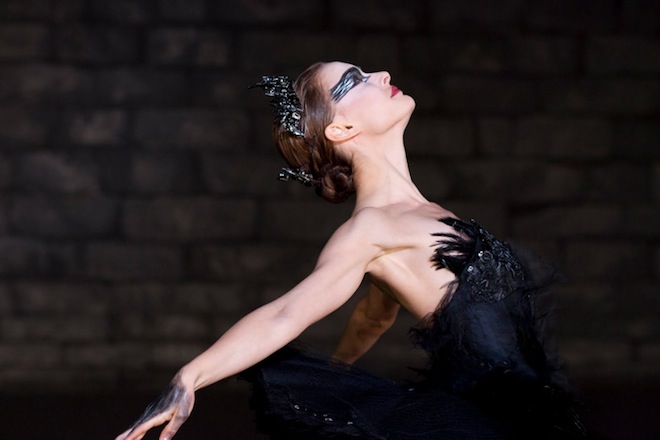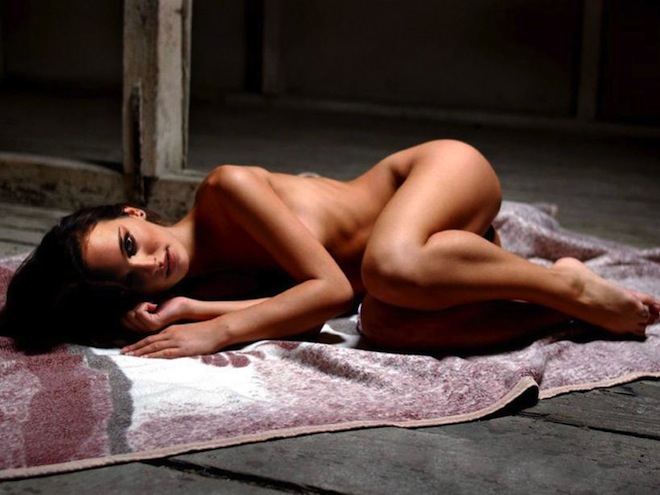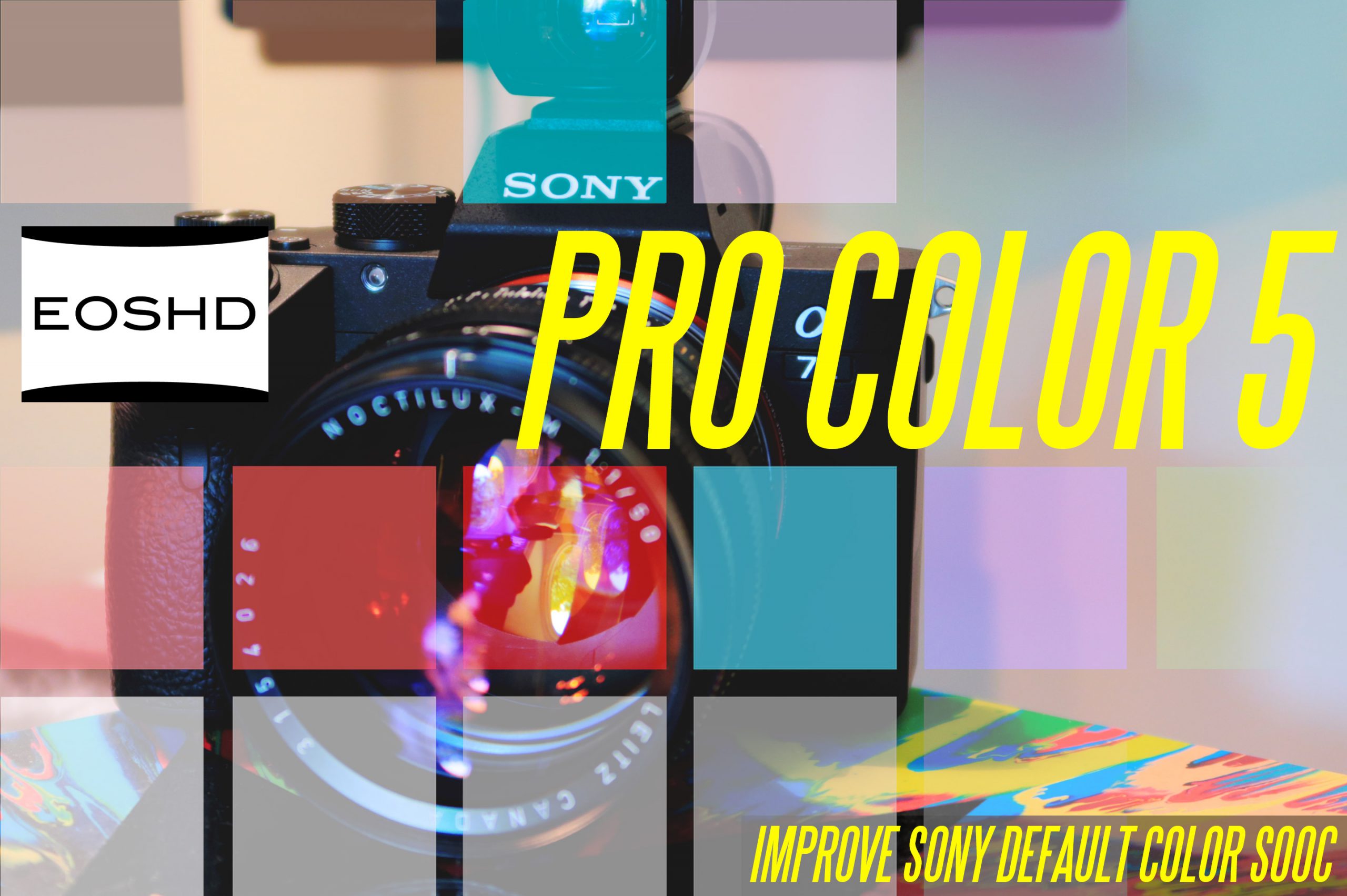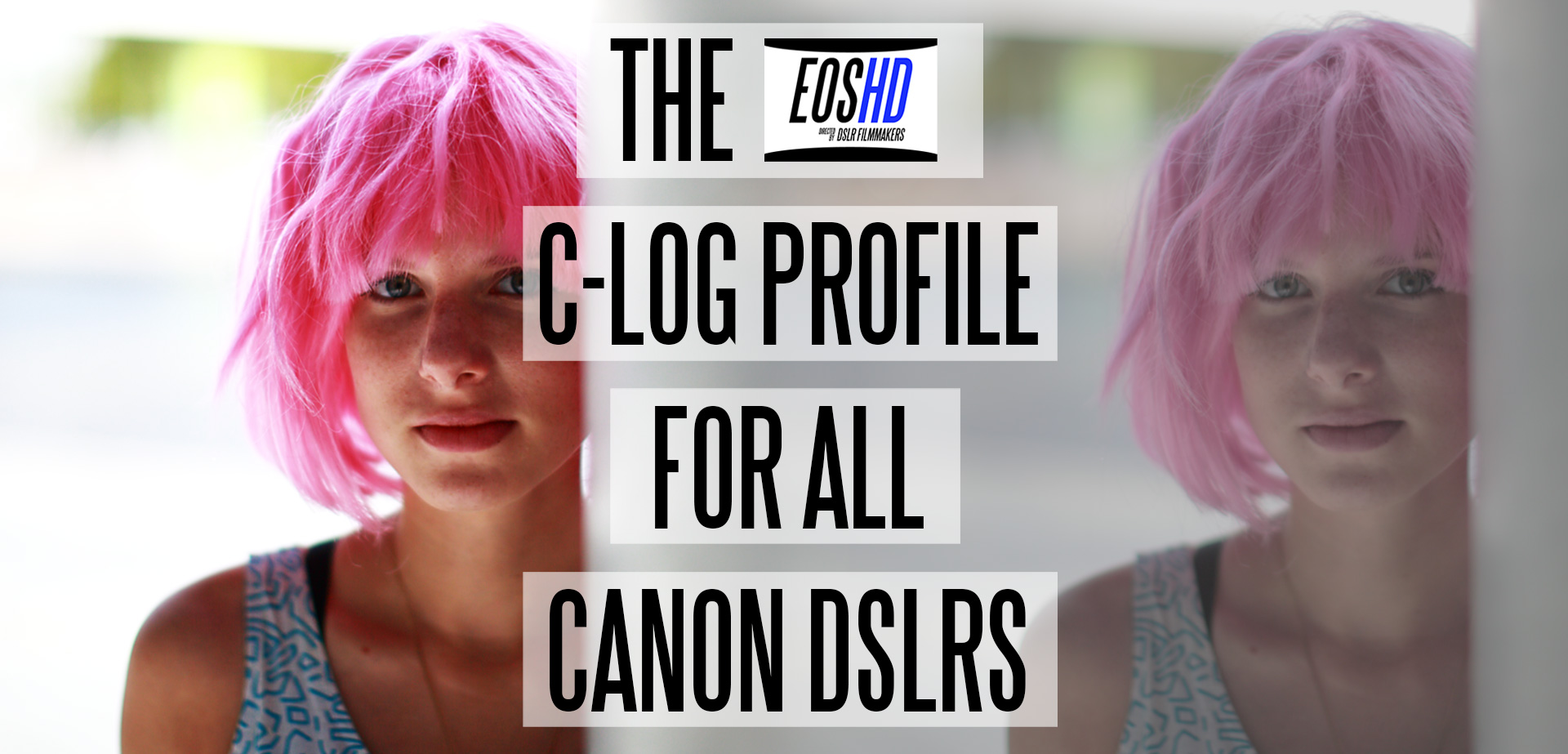
If there was one filmmaker I’d always thought would end up shooting DSLRs it is Darren Aronofksy, one of the brightest filmmakers around, who shot The Wrestler and Requiem for a Dream in 16mm.
His direction is poetry in motion, he taps into some fundamental aspects of human nature and as an artist weaves complex and beautiful patterns around it so that the meaning behind the story appears much grander, more mythical.
Of the three filmmakers I admire most – Kubrick, Hitchcock and P.T. Anderson (of There Will Be Blood, Magnolia), Aronofsky is right up there. He’s more cerebral than James Cameron, very different – but just as good at driving pulsing emotions through the audience, and the feeling he gives his work reminds me of a young Spielberg (think Duel and Jaws) before he went whimsical and euphoric. Aronofsky is gritty and intelligent. His only misfire was The Fountain which was a great concept but it lacked the raw gritty psychological horror of Requiem or Pi.
He also has that Kubrick sensibility (and you can see it in the way he directs the camera) – subliminal on a fundamental mathematical level. He’s tapping into ‘something’, way beyond what we’re conscious of visually.
I’ve always thought that if you go to the effort of making a film it may as well try and transcend the norm, make it art.
Matthew Libatique, ASC re-teamed with Aronofsky on Black Swan as DP, and this is the guy who brought much of the Kubrick style camera work to Pi and Requiem for a Dream. He innovated on The Fountain as well, for lack of a largess CGI budget – producing non-CGI special effects with film, mixing chemicals and attacking exposures with acid.

Libatique has prior with DSLRs, he brought the 5D Mark II onto the set of Iron Man 2 for starters.
In an interview with American Cinematography Magazine, Libatique talks about shooting Black Swan on 16mm, the 5D Mark II and 7D.
“We used a Canon 7D or 1D Mark IV for all the subway scenes; I could just carry a 7D and shoot on the subway all day with a very small crew. I did some tests with my wife beforehand to figure out my ASA, my stop, and how I was going to deal with the focus. I didn’t use any rigs with it because I wasn’t trying to shoot in the traditional way. I tested a bunch of different exposures and then brought the footage to Charlie Hertzfeld at Technicolor, who put it in the system so I could look at the highlights, the moiré and the resolution. Then I went back to the drawing board to do more tests. The 7D has more depth of field than the 5D, but I needed that because I didn’t have a follow-focus unit and needed to work really fast. I shot everything documentary-style. I did all the focus pulls by hand, and we’d just look at it on the camera’s monitor. I ended up shooting on a Canon 24mm lens at 1,600 ASA to get as much depth of field as possible at a stop of T81⁄2.”
The parallels between 16mm and DSLRs are pretty interesting. DSLRs allow filmmakers to be lighter on their feet, more hands on and more artistic.
“Darren likes 16mm because it’s small, he can do handheld, and he doesn’t have to wait around for camera setups. We were using real locations, so it helped in that regard, too. The apartment Nina shares with her mother was right next to Prospect Park, and we moved the camera in as though we were documenting real people’s lives. We made it a point to travel from kitchen to hallway to foyer to bedroom to bathroom, but the space really dictated the kinds of moves we could make. I think 16mm creates interesting texture, especially if you expose it correctly. One of my goals was to show the grain in a way that was craftsmanlike. I didn’t want it to look underexposed; I wanted it to look like it was a choice, and I think that comes across.”
It’s so refreshing to have a filmmaker put aside all the gloss and complexity, and shoot using something more powerful – reality, natural light, real locations.
Libatique says that they used only the lighting equipment available at the dance college where much of the film was shot. They brought in no additional lights of their own.
As well as prep-work and the subway shoots DSLRs were chosen for their diminutive size – like 16mm cameras.
“On Black Swan, I knew we’d be dealing with small spaces, and that I’d probably have to provide 360 degrees of coverage. A beautiful thing about working with Darren is that he has a visual style in mind, and he’s very clear about what he’s trying to do — there’s no coverage ambiguity. In fact, I wouldn’t even call what he does coverage. His style is more like the European style: you only have a few bites of the apple, so you make them all count.”
I’m all for happy accidents when you shoot tons and tons of material but instinct overrides the brute force approach… to exercise judgement in choosing the right material you must have a sensitive feel for the footage, how it drives mood, atmosphere and the story. That’s more important than throwing everything and the kitchen sink at a film.
16mm and DSLRs were a creative choice, which allowed Aronofsky and Libatique to better put their feelers out and quickly identify what works, without the fuss of more elaborate camera systems and crews.
“I shot all of that rehearsal footage with the Canon 5D Mark II, which gave me references for the shots we wanted to make. I also figured out a lot of the mirror shots during prep, because we were rehearsing in a room with a three-sided mirror.

I love Aronofsky’s hand-on nature to camera work too, it reminds me of Tarkovsky… a great director should also be a great cinematographer – it’s an art.


